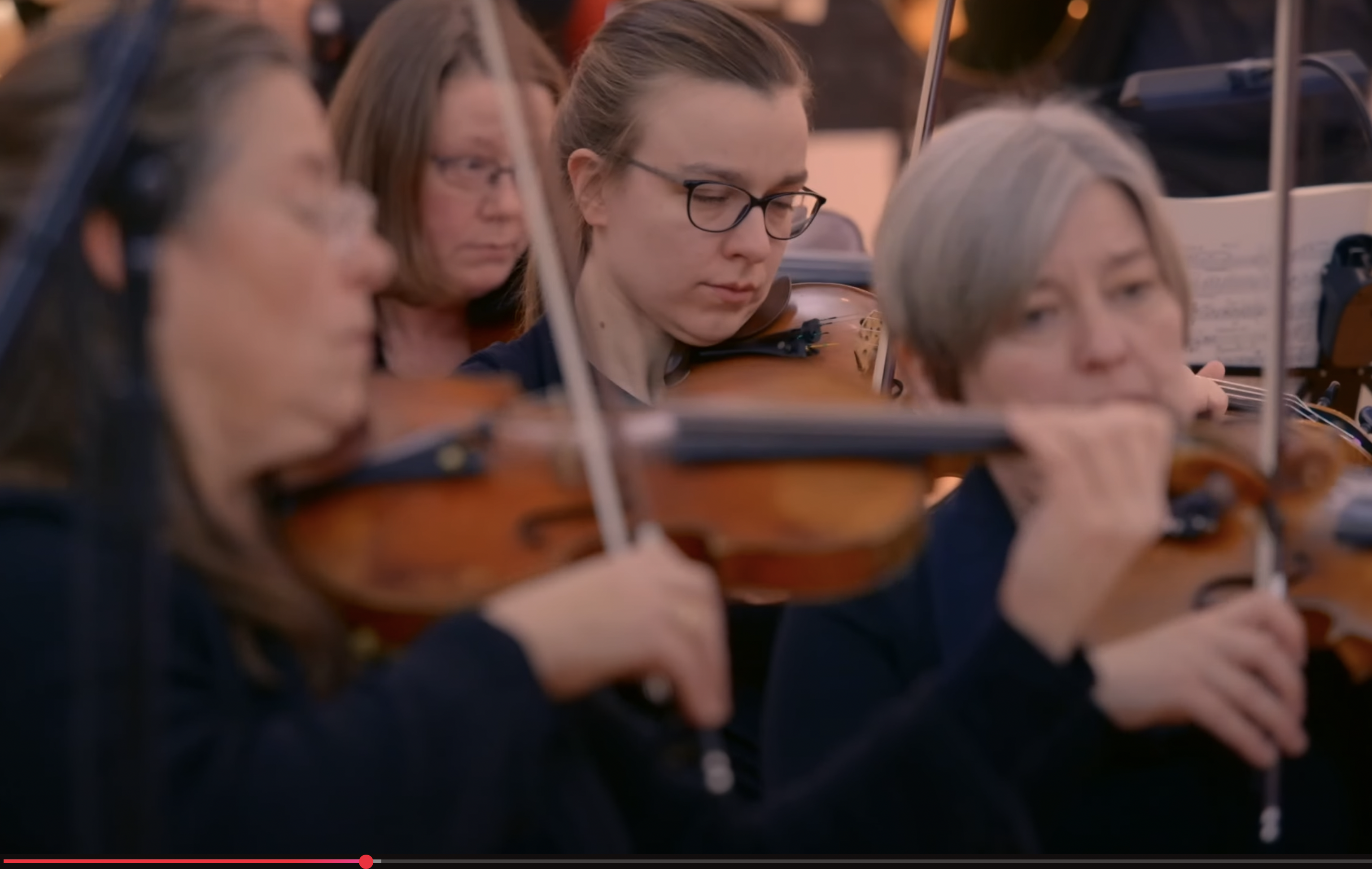Programme
Jean Sibelius – Symphony No. 5 in E Flat Major
I. Tempo molto moderato – Allegro moderato (ma poco a poco stretto) – Vivace molto – Presto – Più presto (in E♭ major)
II. Andante mosso, quasi allegretto – Poco a poco stretto – Tranquillo – Poco a poco stretto – Ritenuto al tempo I (in G major)
III. Allegro molto – Misterioso – Un pochettino largamente – Largamente assai – Un pochettino stretto (in E♭ major)
English Symphony Orchestra
Kenneth Woods – conductor
Jean Sibelius (1865-1956) Symphony No, 5 in E-flat, Op. 82
Tempo molto moderato – Allegro moderato
Andante mosso, quasi allegretto
Allegro molto
Sibelius seems to have made the first sketches for his Fifth Symphony in the summer of 1914. It had been three years since his bleak and enigmatic Fourth Symphony had been premiered in April 1911. He’d now overcome the suspected cancer that had darkened those years; his drinking and financial difficulties were under some sort of control. But a commission from the Finnish government for a work to celebrate his own fiftieth birthday was both a compliment and a heavy burden – especially when set against the bleak political situation (Finland, as part of the Russian Empire, was an unwilling participant in the First World War).
Sibelius wrestled ferociously with his material. “Spent the evening with the symphony” wrote Sibelius in his diary in April 1915. “It is as if God the Father had thrown down the mosaic pieces from the floor of the heavens and asked me to put them back as they were”. Gradually, the ideas assembled themselves; a first version of the symphony, in four movements was premiered at his birthday celebrations in Helsinki on 8th December 1915. Sibelius remained dissatisfied, and his children tiptoed around Ainola, the family house at Jarvenpäa. “Papa is in a dreadful hurry with his Fifth Symphony” commented his 12-year old daughter Katarina. “Everything here is upside down…Papa is up every night until five in the morning and then stays in bed, and pretends he is working there until half past noon”. It would take another four years of revision, restructuring and careful thought before he would conduct the first performance of the symphony in the form we know it today on 24 November 1919.
And yet…”God opens his door for a moment, and his orchestra is playing Sym. 5” wrote Sibelius in his diary as early as September 1914. From the sunrise vistas of its opening horn call to the six huge chords that stand at the symphony’s end, that’s exactly how the finished symphony sounds: like one single organic process, natural and inevitable; radiantly beautiful and thrillingly strong. Nature affected Sibelius profoundly, and one of the most famous anecdotes about the symphony concerns the great swinging horn motif that introduces the symphony’s expansive closing theme. It happened on 21 April 1915, and Sibelius described what he saw in his diary:
Just before ten to eleven saw sixteen swans. One of the greatest experiences in life. Oh God, what beauty: they circled over me for a long time. Disappeared into the sun like a silver ribbon, which glittered from time to time […] The Fifth Symphony’s finale theme. The trumpet will bind it together ….
So over a gentle drumroll, the horns sing a simple call, rising and falling. Woodwinds add fragments of melody like birdsong; strings rustle as the first climax starts to build. You can hear what follows as musical nature-painting at its freshest, or as a symphonic movement as tautly and logically argued as anything since Beethoven (of course, it’s both). As the music pulls itself up from shadow to the most majestic climax yet, the mood suddenly lightens, the pulse quickens and begins to shimmer, and trumpets shout in triumph as Sibelius accelerates into what was originally the scherzo of his symphony, now the glittering coda to a single arc of music which – from that serene opening – has imperceptibly acquired the momentum and velocity of a planet in its orbit.
A quiet chorale introduces the main theme of the Andante mosso: indeed, so artless and quiet after that dazzling climax that you almost miss it, played pizzicato by cellos and violas, then taken up by woodwinds. It’s never quite an ostinato and not really variations: the music finds its own pace, its own moods of calm, melancholy and even hilarity, and when it’s said what it has to say, simply stops. The finale buzzes into existence in a sonorous whir of strings, before forms start to rise quietly from the bass and with a single deft stroke Sibelius introduces the noble horn theme that came into his mind the day he saw those swans – itself merely the accompaniment to the long, singing, sighing melody that will, at the last, crown the whole symphony.
When that moment comes, the “Swan Hymn” rears up again, this time (as he planned) ablaze with trumpets. The melody, now expanding to fill the entire horizon, grinds dissonantly against it like a tectonic plate. But if this is a symphony born from nature, it’s also a product of the human mind and the human spirit: and in six massive final chords, standing amidst an even vaster silence, Sibelius gives us one of western art’s simplest – but mightiest – affirmations of just how great a load they can bear.
Richard Bratby
Follow the Score:
Critical Response:
Production Information
Recorded/filmed in Wyastone Concert Hall
7 December 2023
Audio production and editing – Phil Rowlands
Video production and editing – Tim Burton
Stage management by The Music Agency
Andrew Farquharson
Simon Brittlebank

